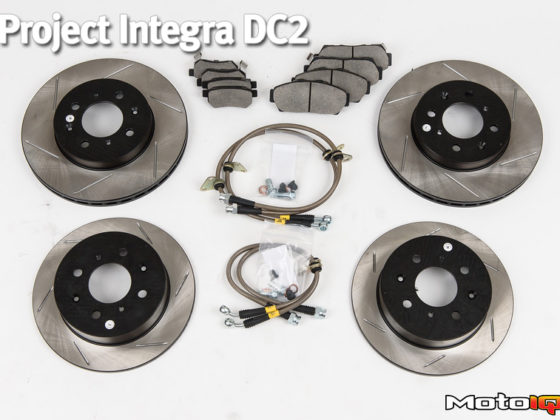,
 The driveshaft is removed, the engine and transmission are supported by a transmission jack, the transmission mount is unbolted and the crossmember and motor mount bolts are loosened but not removed. The bolts are long can can be loosened a lot without removing them all the way.
The driveshaft is removed, the engine and transmission are supported by a transmission jack, the transmission mount is unbolted and the crossmember and motor mount bolts are loosened but not removed. The bolts are long can can be loosened a lot without removing them all the way. With the crossmember and motor mounts loose, the engine and transmission can be tilted so all of the bellhousing bolts can be reached and removed. When this is done the transmission can be removed.
With the crossmember and motor mounts loose, the engine and transmission can be tilted so all of the bellhousing bolts can be reached and removed. When this is done the transmission can be removed. The transmission jack is lowered and the transmission is out!
The transmission jack is lowered and the transmission is out! The S2K uses a pull type pressure plate so the throw out bearing is attached to the diaphragm spring. Pull type pressure plates offer superior clamping as the stiffness of the clutch cover doesn't come into play to maintain clamping force. With a conventional pressure plate a flexing clutch cover reduces clamp force.
The S2K uses a pull type pressure plate so the throw out bearing is attached to the diaphragm spring. Pull type pressure plates offer superior clamping as the stiffness of the clutch cover doesn't come into play to maintain clamping force. With a conventional pressure plate a flexing clutch cover reduces clamp force.  Howard removes the stock clutch by unbolting the pressure plate from the Flywheel.
Howard removes the stock clutch by unbolting the pressure plate from the Flywheel. When Vince was driving to work, his clutch suddenly would not disengage. What happened is the clutch disc hub broke and the broken piece jammed between the disc and the flywheel. The ACT clutch disc has a much thicker clutch disc hub so hopefully this will never happen again.
When Vince was driving to work, his clutch suddenly would not disengage. What happened is the clutch disc hub broke and the broken piece jammed between the disc and the flywheel. The ACT clutch disc has a much thicker clutch disc hub so hopefully this will never happen again.



6 comments
Are the other racing clutches for the Honda S2000 not streetable or not as desirable? I want to buy one of the most effective clutches for fast shifting and a somewhat small amount of power and torque. I strive on building a 300 horsepower all motor F20C through you guys in the near future, but I want to replace my clutch and flywheel now as it appears like it is about to go out. I don’t think I will need a clutch for massive amounts of power if I only plan of building a naturally aspirated motor. I would like to achieve my goal of 300 horsepower without stroking out the engine. I would prefer to raise the RPMs if necessary to achieve my goal. I was very intrigued by your video about the 320 horsepower K20 engine running on California 91 octane. From my research both engines are very similar in design. Currently my S2000 has a 12-point welded in roll cage with OMP racing bucket seats and 6-point harnesses. As funny as it may sound, I daily the car to the University of Arkansas and occasionally track it at Hallett in Oklahoma. However, I am originally from San Diego, California. Please tell me what you guys think when it comes to clutches and whether or not an engine build that I am describing interests you guys in the future. I reached out to you guys a few days ago on Instagram. My Instagram handle is Instaboone_ .
This clutch is fine at a good price point for that kind of use.
Thanks Mike! I noticed that ACT also makes a 4-puck and 6-puck clutch for the Honda S2000. Do you think a 6-puck clutch is too aggressive for both track and street use? I also noticed that when you guys replaced Vince’s clutch with the ACT clutch you guys opted for the OEM Honda bearings. Do you recommend that I do the same and stick with both the OEM Honda pilot and release bearings or should I go with ACT’s bearings? Is ACT your favorite brand of clutch for the Honda S2000? Thank you so much for helping me out. You guys are at the top of my list for rebuilding my engine for more naturally aspirated power!
Generally, I recommend using the least aggressive clutch that will do the job, it’s easier on the rest of the driveline.
Okay great! I will stay away from a puck clutch. Do you recommend that I do the same and stick with both the OEM Honda pilot and release bearings or should I go with ACT’s bearings?
Yes only do that when you need it. I am a big fan of OEM parts but the stuff that comes in the kit is fine.